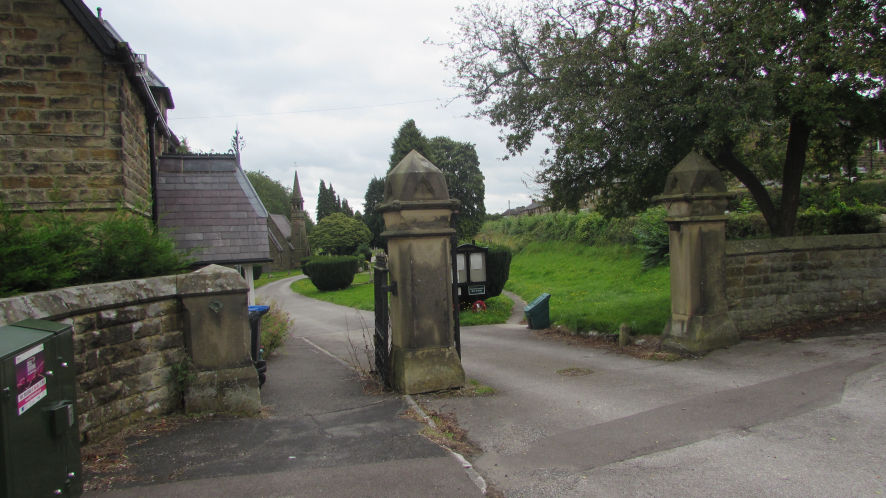
Entrance To Bakewell Cemetery (Taken August 2019)
The crime considered in the first three episodes of ‘True Crime Investigators UK’ is the 1973 murder of Wendy Sewell in the cemetery in Bakewell, Derbyshire, England.
Bakewell is a pretty market town in mid Derbyshire. It lies on the picturesque River Wye, and is midway between Buxton to the north and Matlock to the south. These days it’s a popular tourist destination, with its Farmer’s Market on Mondays and pretty shops and pubs. It is the home of the famous dessert, the Bakewell Pudding, rarely does a visitor to the town leave without buying one to take home.
Stephen Downing lived in Bakewell during his childhood with his parents Juanita (known as Nita) and Ray and his younger sister Chrissy. After leaving school he eventually found employment with the local authority, then Bakewell Urban and District Council. He was a groundsman at Bakewell Cemetery off Yeld Road, just a few hundred yards from his home. His duties included tending the graveyard and maintaining it in good order. Stephen was 17 years old.
Within the graveyard there were two chapels, the first, nearest the gate, was the consecrated chapel, the second, further into the graveyard was the unconsecrated chapel, this was used as a tool store for Stephen and his fellow workers. They also used it as a place to have tea or lunch breaks.

Entrance To Bakewell Cemetery (Taken August 2019)
Stephen returned to work on Wednesday 12th September 1973 after having a couple of days off sick with a cold, his return was against his mother’s advice, who wanted him to take more time off to fully recover.
Wendy Sewell was a secretary at the Forestry Commission in Bakewell, not far from where Stephen Downing worked. On the same day, she left her office around lunch time and walked up to the cemetery apparently alone. She was seen by a witness to enter the main gate of the cemetery.
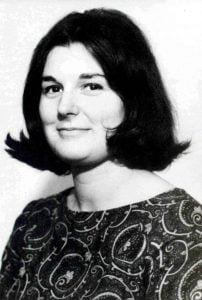
Wendy Sewell
Stephen Downing was just having a cigarette outside the unconsecrated chapel when he saw Wendy Sewell walking in the grounds. He then collected his soft drinks bottle from the chapel and headed for the local shop, he called in to see his mother at his home, midway between the shop and the cemetery, before returning to work.
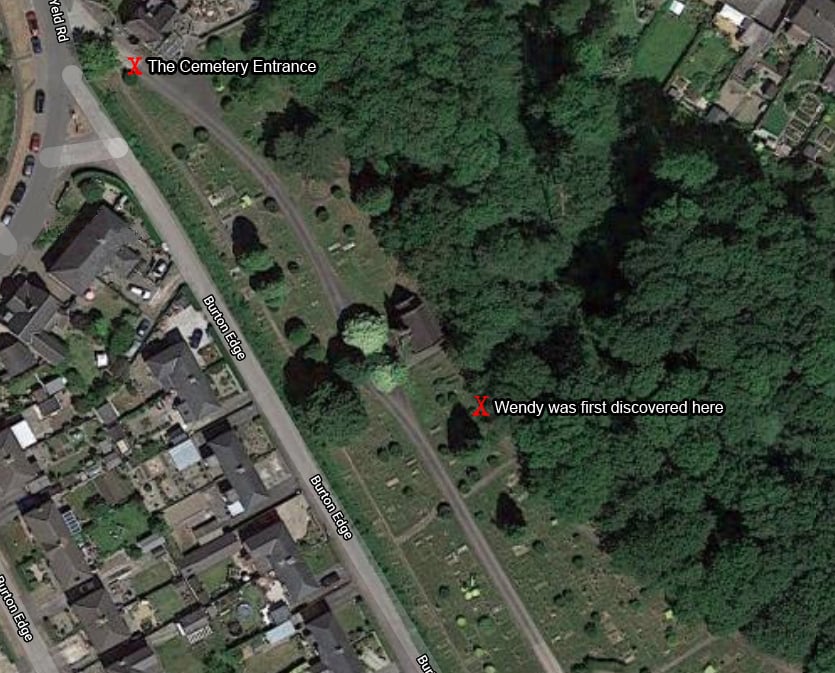
The location in the cemetery where Wendy was found by Stephen
On arriving back into the grounds of the cemetery his attention was drawn to a woman lying by one of the graves just near the wall that separates the cemetery from an area known as Catcliffe Woods.
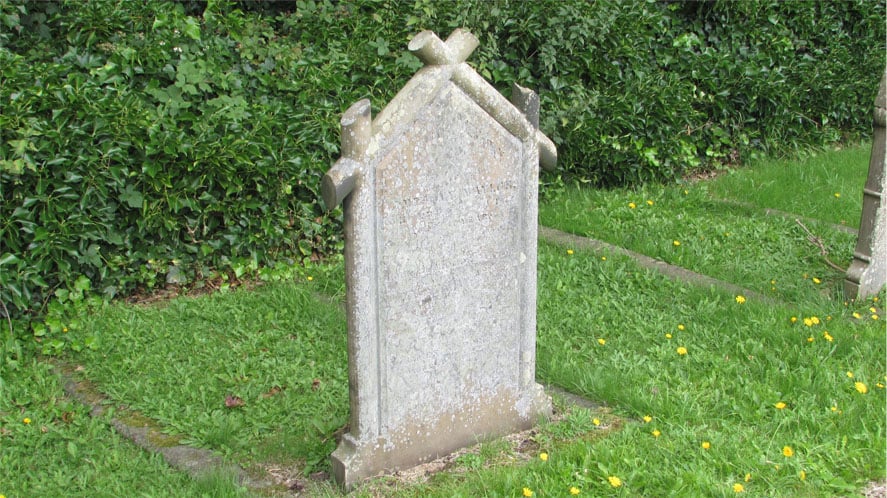
The Grave Of Anthony Naylor; Where Wendy Was Found By Stephen Downing
The woman was partially dressed and her clothing strewn around her, she had clearly been savagely beaten about the head, a bloodied pick axe handle had been discarded and left by her side. Wendy Sewell had been attacked whilst walking in the grounds of the cemetery. She was conscious and after trying to administer first aid, Stephen went for help returning minutes later with other work colleagues.
When they arrived back at the scene of the attack, Wendy had moved or had been moved. She was now further into the cemetery amongst the old gravestones. Police arrived and the ambulance took Wendy to the Chesterfield Royal Hospital.
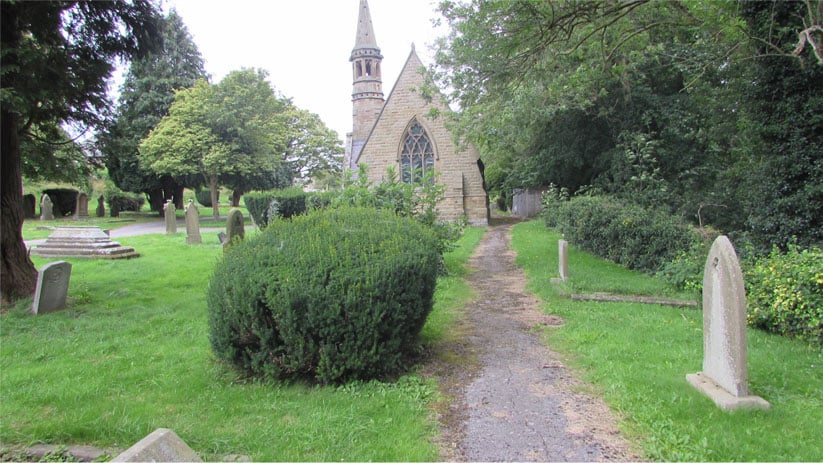
Looking Back From Where Wendy Was Found
Stephen was asked to help Officers and provide any information he could about his discovery. Stephen went with the Police to the local police station as a witness but he soon became a suspect. After many hours he admitted to striking Wendy. He was charged with the attempt murder of Wendy Sewell and remanded into custody. Sadly, Wendy died of her injuries 2 days later and the charge now was one of murder.
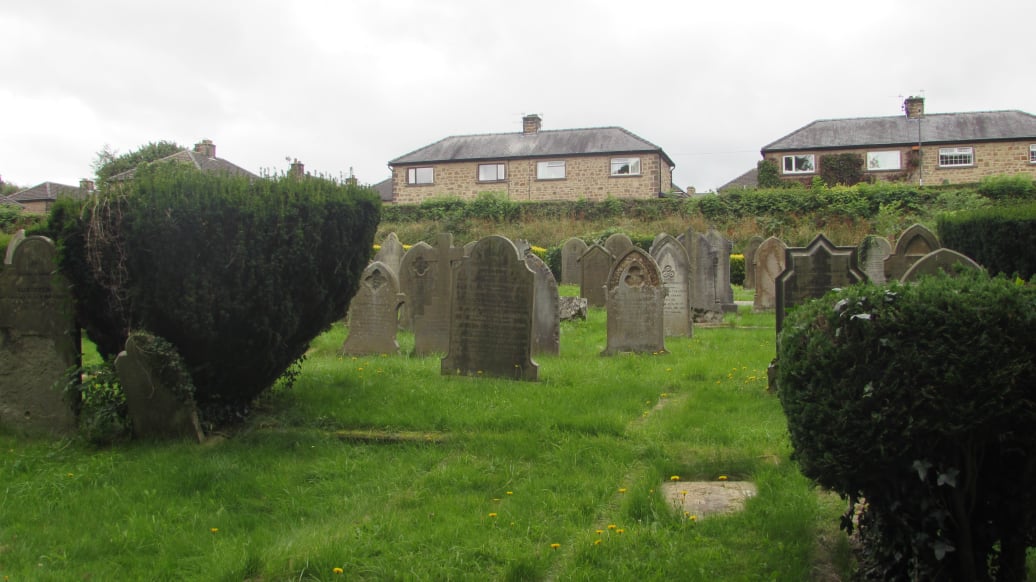
The houses over looking the cemetery
Before his trial, Stephen retracted his confession and denied he was responsible for the attack. But the jury found him guilty at his trial in Nottingham in February 1974 and he was sentenced to be detained at Her Majesty’s pleasure. So began his life in prison. In October 1974 there was an application for leave to appeal the conviction by Stephen Downing’s legal team.
A young teenager had come forward and said that she had seen Wendy Sewell at a time when it was alleged that Stephen had attacked her. The Court heard evidence from the girl and found that it wasn’t credible. The application for leave to appeal the conviction was refused. Stephen’s incarceration continued.
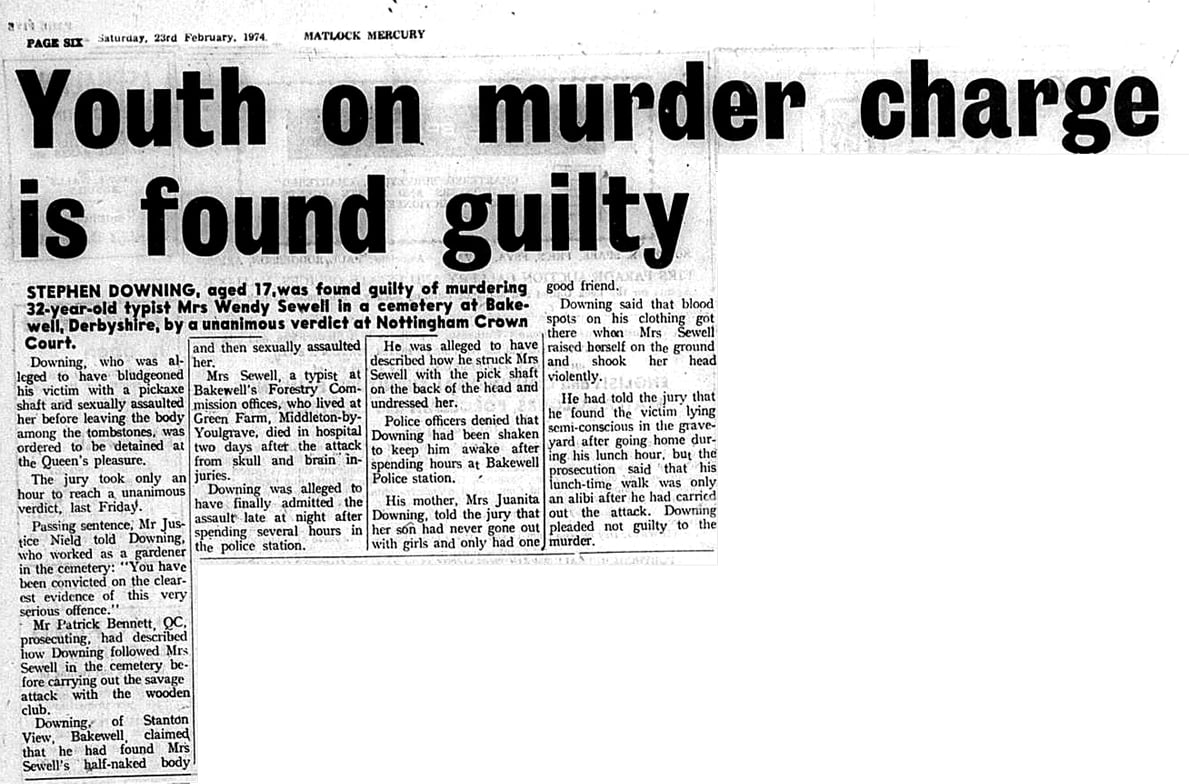
Matlock Mercury, 23rd Feb, 1974
Stephen Downing served his sentence in a number of Youth Offender Institutions and Prisons. Many years later, his parents received anonymous information that would suggest Stephen was innocent of the crime. Ray and Nita approached anyone who they thought could help. One of those people was Don Hale, the Editor of the local newspaper, the Matlock Mercury. He committed to his own investigation, interviewing witnesses and making his own enquiries. His tireless work over the years resulted in his file regarding Stephen Downing’s conviction, being sent to the Criminal Case Review Commission and an appeal was made to the Court of Appeal against the murder conviction. After 27 years in prison Stephen was released pending the appeal. He had remained in prison because he refused to accept he was guilty of the murder of Wendy Sewell and was not therefore eligible for parole.
In January 2002, the Court of Appeal considered the issue at the forefront of the case was the reliability and the admissibility of Stephen’s admissions both verbal and written given at the police station on 12th September 1973. The reliability and admissibility had not been bought into question at the time of the original trial and there was no criticism of the Police.
The Appeal judges considered Stephen was 17 years of age, he had learning difficulties and the reading age of an 11 year old. He had no access to legal advice or to his parents and it was in those circumstances he admitted to striking Wendy twice with the pick axe handle. The Court of Appeal found that the admissions made were unreliable.
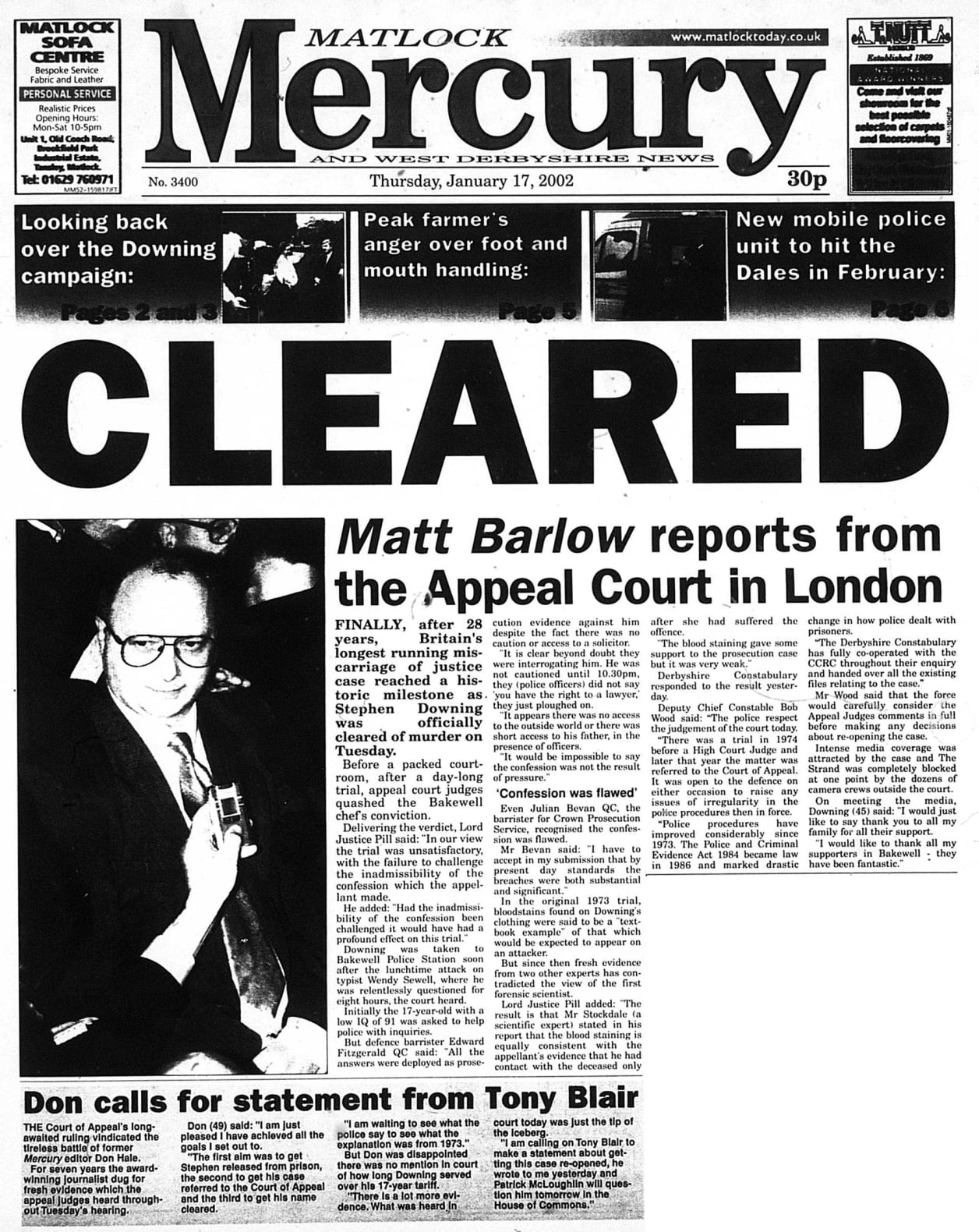
Matlock Mercury, Jan 17th, 2002
The Prosecution in the original trial had relied upon Mr Lee, the forensic scientist. In his report he had stated that the blood staining on Stephen’s clothing was a ‘textbook example’ of the type of staining that would have been expected on the person of whoever inflicted the wounds upon the victim. At the Appeal the Judges heard scientific evidence from two forensic scientists who were critical of Mr Lee’s opinions. Both of them agreed that the pattern of blood staining on Stephen’s clothing was as consistent with innocence as with guilt.
Stephen Downing’s conviction for murder was quashed, it did not conclude that he was not guilty, that is not the job of the Appeal Court judges.
After the quashing of Stephen Downing’s conviction, the Police reinvestigated the murder, that enquiry was named Operation Noble. An onerous task 29 years after the event. After their enquiries were completed they concluded that they were not looking for anyone else in the case of the murder of Wendy Sewell.
The question remains, who killed Wendy Sewell?
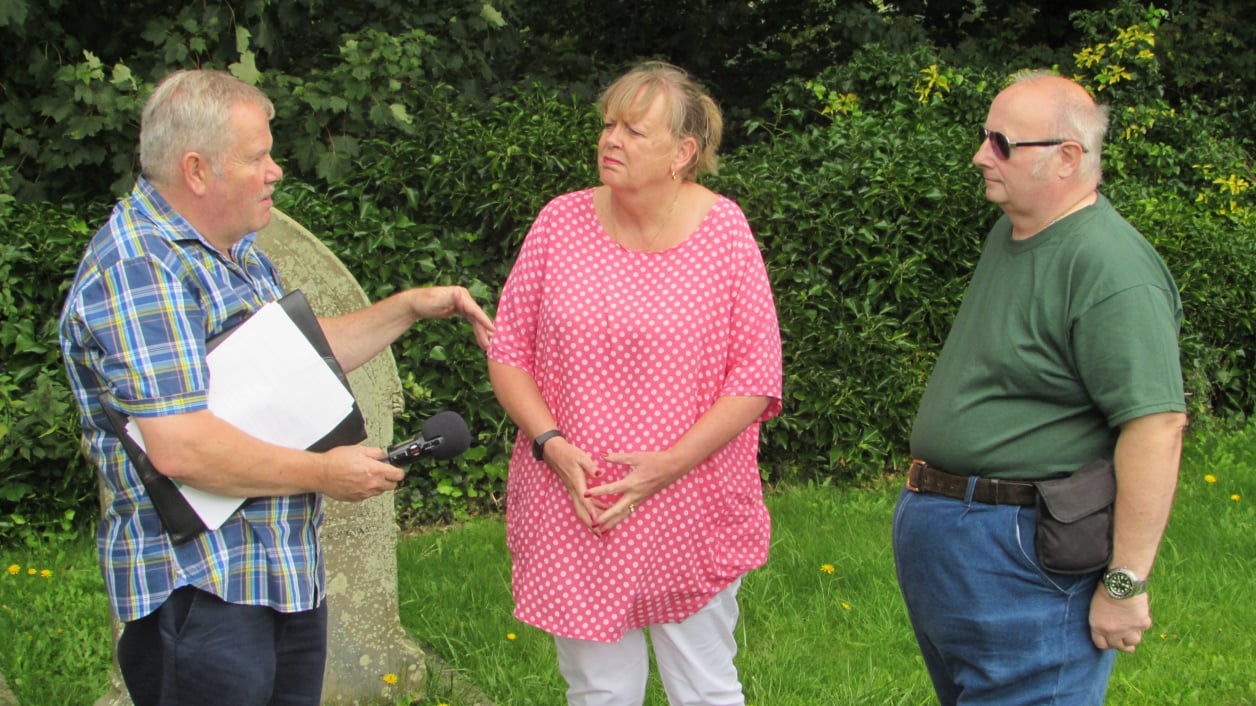
John and Sally interviewing Stephen in Bakewell Cemetery
The web page was designed with Mobirise site theme